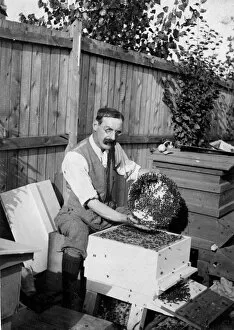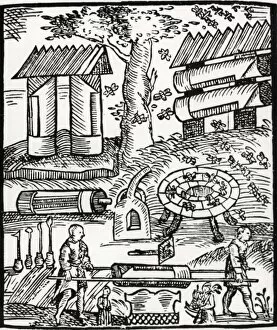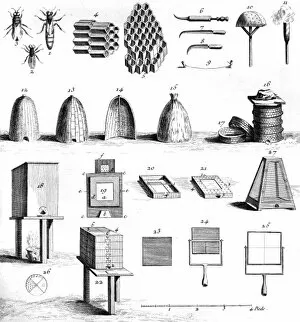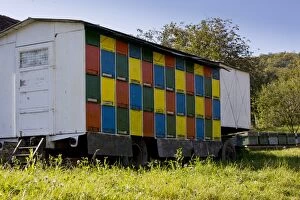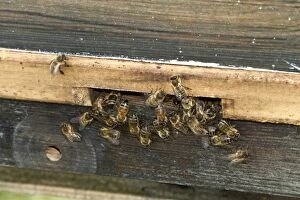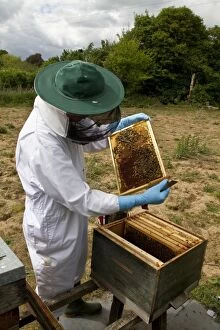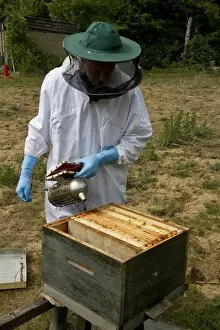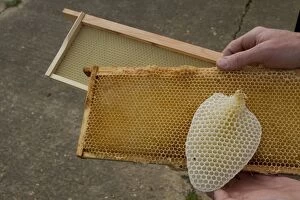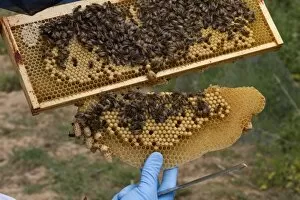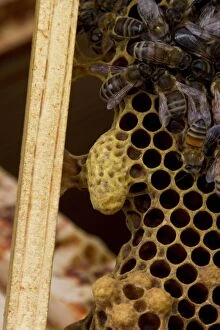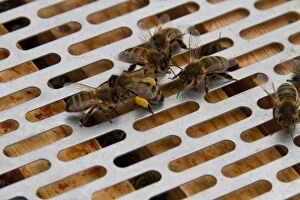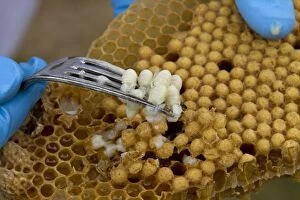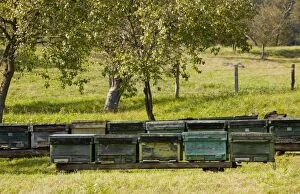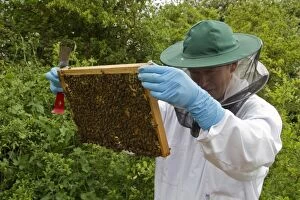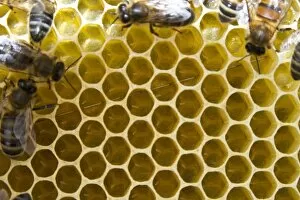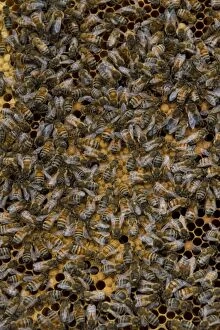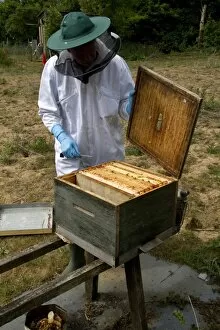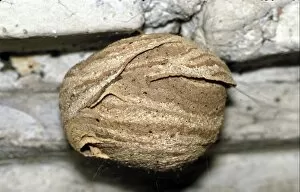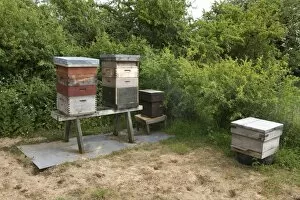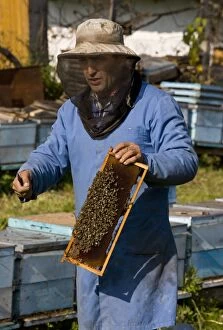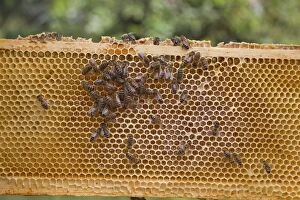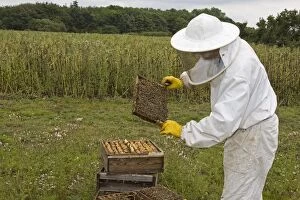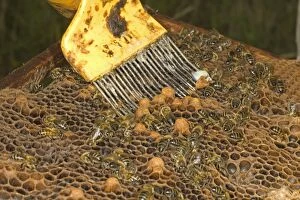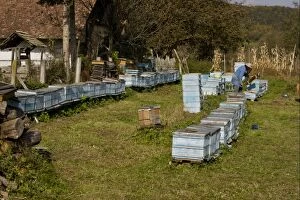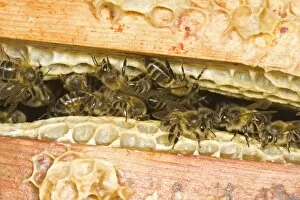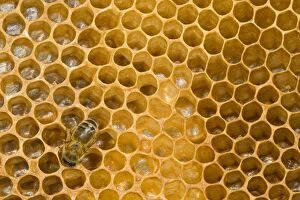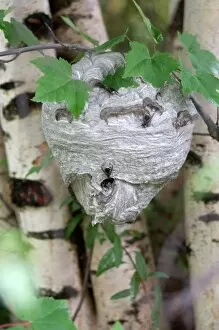Hive Collection (page 6)
"Hive: A Buzzing World of Honey Bees and their Enchanting Abode" Step into the mesmerizing world of honey bees as they diligently work together in their intricate hive
For sale as Licensed Images
Choose your image, Select your licence and Download the media
"Hive: A Buzzing World of Honey Bees and their Enchanting Abode" Step into the mesmerizing world of honey bees as they diligently work together in their intricate hive. 🐝🍯 In this 17th-century artwork, witness the majestic queen bee surrounded by her loyal workers on a beautifully constructed comb. The harmony within the beehive is truly awe-inspiring. The diligent honey bees can be seen meticulously tending to their comb and brood cells, ensuring the survival of their colony. Their dedication to creating a thriving community is nothing short of remarkable. Marvel at nature's wonder as Apis mellifera, commonly known as honey bees, gather on a wild honey cone at Welder Wildlife Refuge in Sinton. These industrious creatures play an essential role in pollination and maintaining our ecosystem's delicate balance. Discover the Elephant Castle Beehive, where these incredible insects reside under careful human observation. Witness firsthand how beekeepers clip the wings of queen honey bees in order to manage their colonies effectively. Even amidst winter's harshness, honey bee hives stand tall in forests like resilient fortresses. These sturdy structures provide shelter for these amazing creatures during colder months when resources are scarce. Beekeeping has been an age-old practice passed down through generations; Diderot captures its essence perfectly with his artistic depiction showcasing dedicated individuals caring for these buzzing wonders. A poster card advertising a Beekeepers Conference held in Prague invites enthusiasts from around the world to exchange knowledge and celebrate these fascinating insects' importance to our planet's well-being. While we admire honey bees' harmonious existence, let us not forget about wasps' nests that also contribute significantly to our ecosystem. Each has its unique role to play. Drawing inspiration from Brer Rabbit folklore tales, we learn valuable lessons about determination and resourcefulness - qualities embodied by both humans and bees alike. Travel back centuries ago when harvesting honey was an art form in itself.

